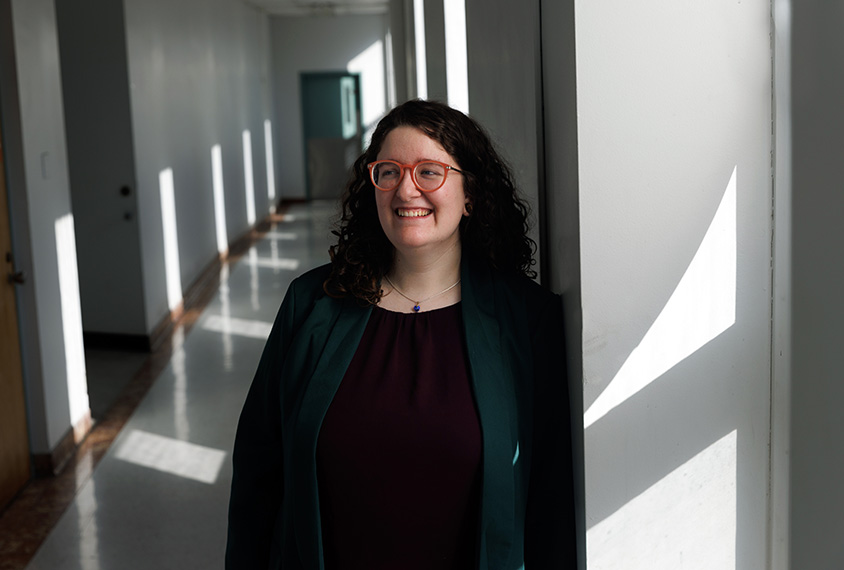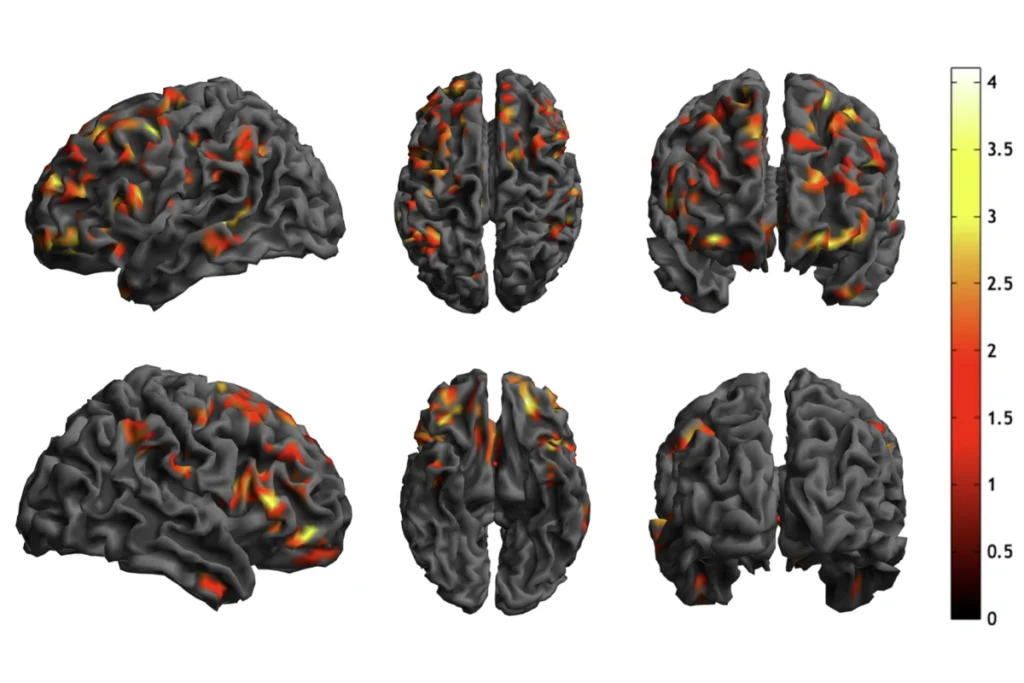New journals seek to fill neurodiversity gap
The two journals, although differing in initial support, both realized the need for a publication focused exclusively on the neurodiverse experience.

The autism research world has recently seen the official launch of two new journals broadly focused on neurodiversity. Although they differ in size and initial backing, they are remarkably similar in scope and ambition.
The first publication is the Journal of Neurodiversity. It has been open for submissions since August 2022 and its creators expect to publish the first issue this fall. The journal’s initial leadership is small — it has just four members on its editorial board — and it was founded by Marie-Eve Lefebvre and Justine Castonguay-Payant, both at the University of Montreal in
Canada, who will serve as co-editors. It has not yet named a publisher.
 Interview with Marie-Eve Lefebvre, Journal of Neurodiversity:
Interview with Marie-Eve Lefebvre, Journal of Neurodiversity:
Also already launched, and currently open for submissions, is Neurodiversity, published by Sage Publishing. The journal was founded by Etain Quigley and Blánaid Gavin, both at universities in Ireland, and the editors for the journal are Punit Shah and Joni Holmes, both based in the United Kingdom.
Neurodiversity has a longer backbone at launch; it has 50 members committed to its board, including many names familiar to the autism research community: Judy Singer, Zack Williams, Noah Sasson, Sven Bölte and Ann Memmott, to name just several. The journal is published in affiliation with the Institute of Neurodiversity, a global neurodiversity member organization.
 Interview with Punit Shah, Neurodiversity:
Interview with Punit Shah, Neurodiversity:
The board of the Journal of Neurodiversity consists of neurodivergent people “or people suspecting to be,” says Lefebvre, an intentional choice to ensure that the editors “see ourselves” in the content. Something similar was achieved at Neurodiversity: Shah says the editorial board was chosen to ensure a “a range of scholars and academics that have expertise on neurodevelopmental conditions,” whether that be academic prowess or “expertise by experience.”
The boards will oversee a wide range of content: editorials, opinion pieces, peer-reviewed research and articles on lived experiences and education, among other topics. Both journals are embracing an open-access model, and Neurodiversity will charge an article-processing fee; it is set at $1,000, but the fee is waived for the immediate future. The Journal of Neurodiversity, however, is seeking external financial support to help cover publishing costs.
And both journals launched specifically to address what the founders perceived as an opportunity. Besides Autism (also published by Sage), the journal Cortex and several special issues of other journals (such as The Lancet Commission on the Future of Care and Clinical Research in Autism), there appeared to be a “desperate gap” in the world of neurodiversity academic publishing, says Shah. Lefebvre noticed the same thing — although she could find plenty of discussion of neurodiversity on social media, she says, “in the research literature, it’s quite limited.”
Finally, both editors see their journals as a “bridge,” spanning the autism community. Lefebvre says the Journal of Neurodiversity will aim to connect the “different actors” in today’s neurodiversity movement, and Shah hopes Neurodiversity will reach across the “big disparities, arguably schisms” found in the differing approaches to neurodiversity. Indeed, given how divisive the language, papers and general discourse around autism can be, any journal that publishes a wide range of content about neurodiversity runs the risk of angering part of its readership.
Shah knows this and admits the heterogeneity and complexity of the field is part of the “challenge” of launching Neurodiversity, but it’s also “the immense opportunity we have with this journal,” he says. “It’s a new journal. It’s a new editorial board, and we’re trying to do things in a new way.”
The editorial board of the Journal of Neurodiversity is also aware that its readers might have differing — and deeply held — opinions, and they are already thinking about it. “We’re ready for that,” Lefebvre says. “It’s part of the discussion.”
Listen to the full interviews with Lefebvre and Shah to hear their thoughts on funding open-access publishing, what success for each journal might look like, and the journals’ origin stories.
Recommended reading

Okur-Chung neurodevelopmental syndrome; excess CSF; autistic girls

New catalog charts familial ties from autism to 90 other conditions
Explore more from The Transmitter

Karen Adolph explains how we develop our ability to move through the world

Microglia’s pruning function called into question

